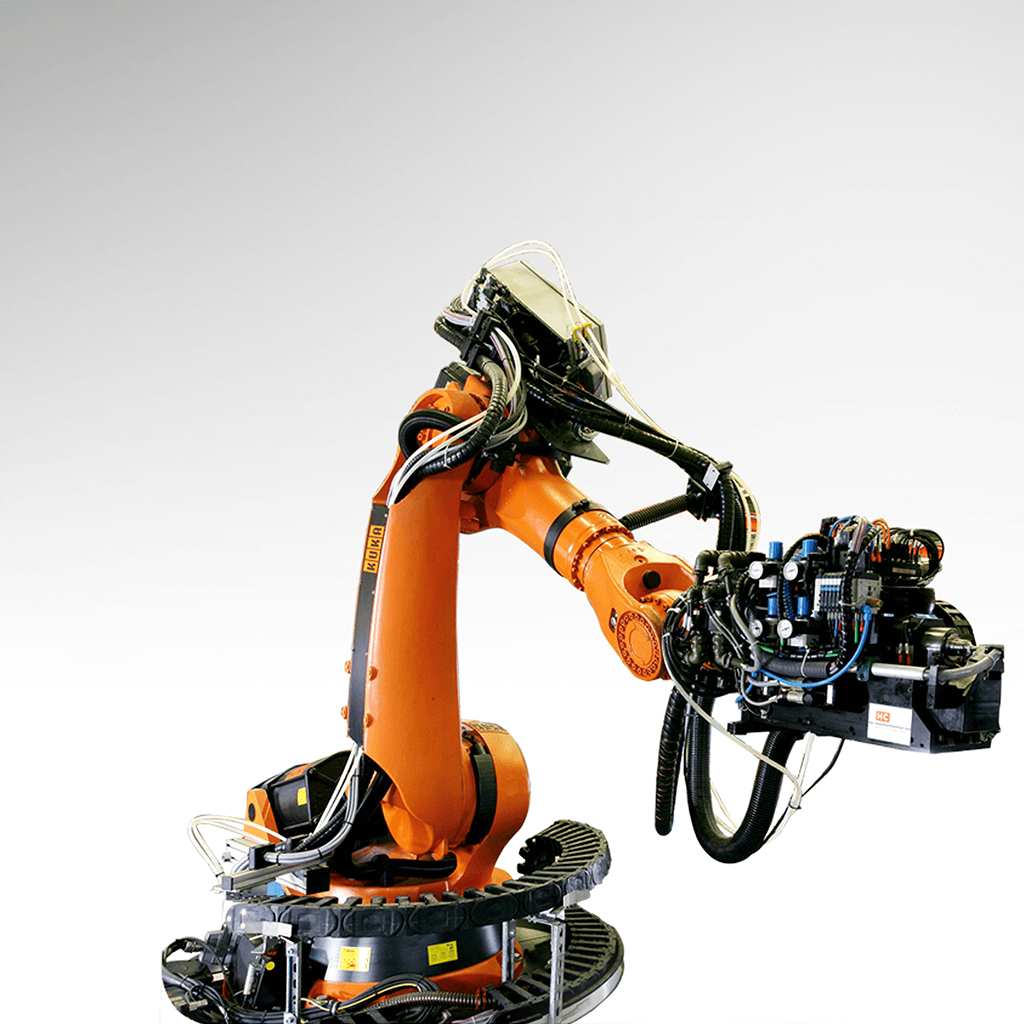[BEST OF 2023] Coprocessing end-of-life composite materials in cement: a unique proposition
Composites are enabling high performance fibre reinforced polymers. They offer exceptional properties in many applications through high strength, stiffness with excellent chemical resistance, durability and long life. However, where the polymers are intimately mixed with fibres, they are hard to separate. This makes them more difficult to reuse at end of their service life. In order to retain their intrinsic value, various methods and technologies are proposed and in development.
![[BEST OF 2023] Coprocessing end-of-life composite materials in cement: a unique proposition](https://www.jeccomposites.com/wp-content/uploads/2023/09/Eucia-Cembureau-630x500.jpg)
One technology that is currently directly available is coprocessing in cement manufacturing. This offers a unique waste management solution, where the material is simultaneously used as both a highly effective source of energy and of mineral raw material in a single process.
CEMBUREAU and EuCIA jointly explain to us the utility of end-of-life composite materials for the cement industry and demonstrate it as a clear example of circular use. The recycling of end-of-life composite materials through cement coprocessing will contribute to the CEMBUREAU’s Roadmap to Carbon Neutrality, supporting the efforts for climate change mitigation.
Coprocessing in cement: general aspects
During coprocessing, the waste is simultaneously used as both a source of energy and a source of mineral raw material in a single process [1]. Coprocessing allows material recycling by replacing the natural raw materials in cement manufacturing, and by the replacement of fossil energy sources. Additionally, coprocessing of end-of-life composite materials in the cement production is a zero-waste solution. Coprocessing differs clearly from waste incineration as the main purpose of cement plants is to produce cement, a value-added product, whilst incinerators are dedicated facilities for the disposal of waste, with or without recovery of heat (i.e. “get rid” of a waste stream).
In coprocessing plants (such as cement or lime kilns, steel plants, etc.) the main purpose is making material products. The cement manufacturing process is highly energy efficient:
- energy efficiency in the cement kilns varies between 70% to 80% through reuse of flue gases for material pre-treatment [2];
- complete fuel burnout is ensured by the long residence time of combustion in the cement kiln as well as the high temperatures while complying with BAT and energy containment techniques, offering excellent conditions for complete valorization of alternative fuels.
Waste used as an alternative fuel, or/and waste used as raw materials, require both consistency in calorific content as well as consistency in composition. This can be guaranteed by adequate processing of end-of-life composite materials.
End-of-life composite materials for clinker production
In a recent study, the methods for identifying the material-recyclable share of solid recovered fuel during coprocessing in the cement industry have been developed [3]. In addition, based on the above methods, the material-recyclable share of solid recovered fuel (SRF) during coprocessing in the cement industry has been calculated [4].
As clinker production requires a high amount of thermal energy, it is therefore attractive to replace traditional (fossil) by alternative fuels such as refuse derived fuels (RDF), a collection of materials with a residual intrinsic calorific value. SRF is a subgroup of RDF and consists of a variety of materials with different calorific values and with different chemical and physical constituency. The use of waste as substitute raw material or SRF is subject to specific EU quality requirements as defined under BAT.
End-of-life composite materials are especially suitable because of their high content of useful solid material (fibre glass, filler) (Table 1) that is compositionally akin to the clinker composition (Figure 1), a highly attractive mineral raw material source.


In addition, the resin part of the composites will be a very effective alternative fuel as it is intimately distributed in the batch. For the determination of the recyclable fraction in SRF an R-index is proposed:

A thorough assessment of the glass fibre composition using ASTM D578, shows that virtually all components are essential elements for Portland cement. Moreover, it becomes clear that the R-index is very close to the content of composite solid material or actually higher: the fibre inorganic components are already in the oxide form. This will also lower the amount of energy to melt and reduce CO2 emissions, both from fuel and raw materials, (i.e. CaCO3, clay components, etc.) a compounded effect. Also, the mineral fillers are useful constituents.
As the resin is intimately dispersed in the clinker batch the intrinsic caloric value will be used at a 100% efficiency. This represents not only avoidance of fossil fuel, but also contributes, at an overall estimated efficiency of say 80%, to a reduction of more than 100% in fuel need, adding further to a significant CO2 emission reduction [5]. This is in sharp contrast to energy recovery, generating electricity, where efficiency of energy return can be as low as 15% [6].
Summarizing, the circular use of end-of-life composite materials as highly effective raw materials is more than proportionally reducing the materials and energy footprint of making clinker, lowering the CO2 footprint. The use of end-of-life composite materials as secondary material for the cement production is a commercially available and technically proven process. Composites deliver significant material and energy savings thus helping to achieve today’s energy and the 2050 decarbonization climate goals.
References:
[1] This is a generalised term to include a wide variety of end-of-life composite materials. Composites, although often not at the end of its useful life, can be considered part of that when its use is not needed anymore.
[2] The use of composites waste will likely complement this efficiency as the material and thus initrinsic fuel is initimately mixed with the other raw materials.
[3] www.sciencedirect.com/science/article/pii/S2215016120300571?via%3Dihub
[4] www.sciencedirect.com/science/article/abs/pii/S0921344920300185
[5] www.researchgate.net/figure/Calorific-values-of-plastics-compared-with-conventional-fuels_tbl1_293156565
[6] ec.europa.eu/environment/pdf/waste/framework/guidance.pdf











